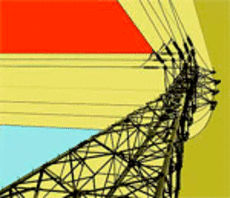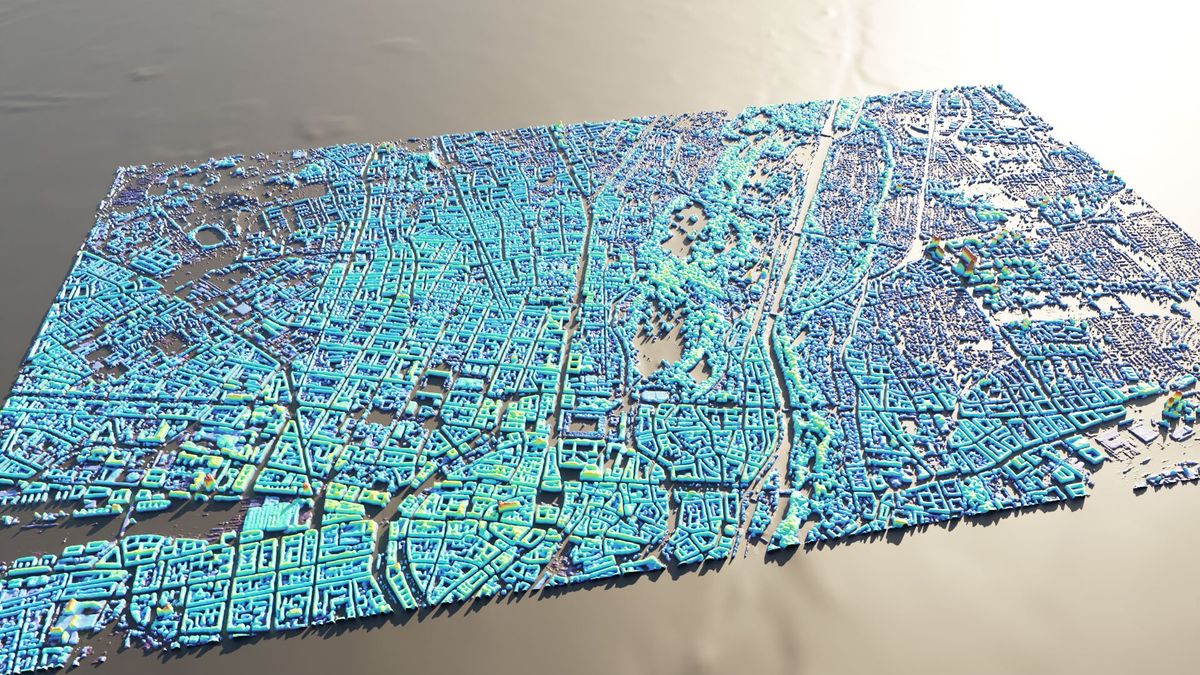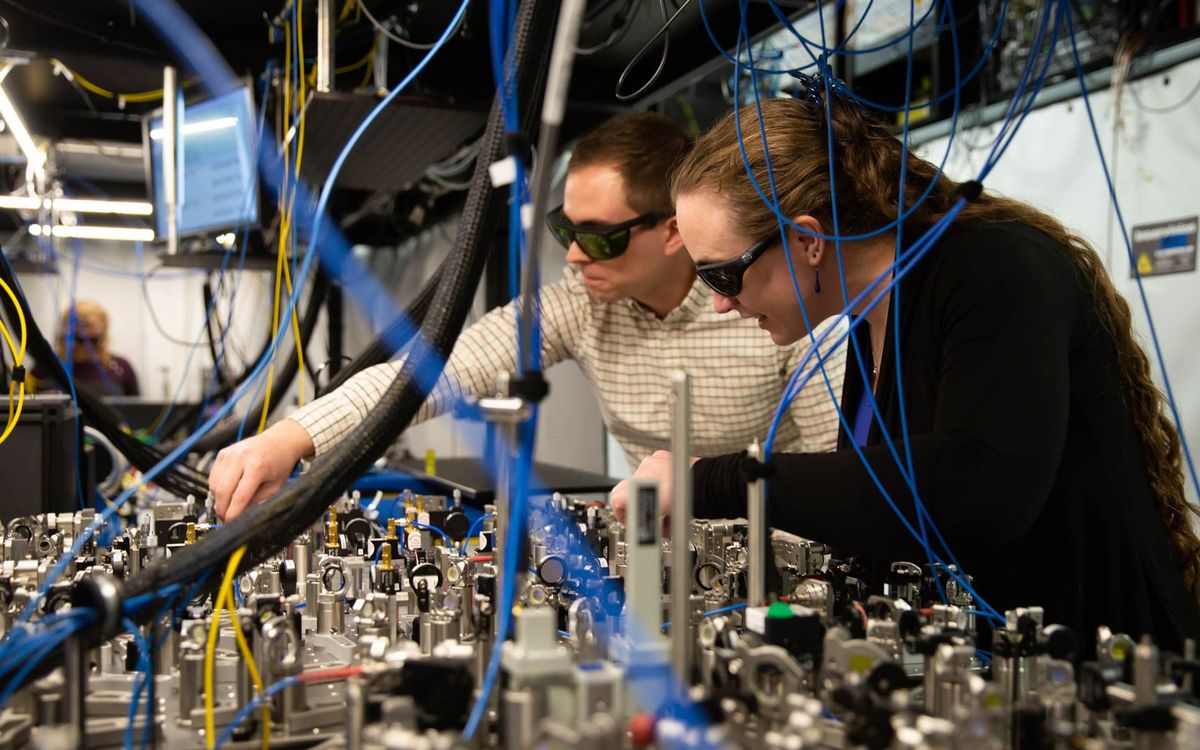Two recent reports, one issued by the Federal government's General Accounting Office (GAO), the other by the Massachusetts Institute of Technology, emphasize the desirability of stronger central planning in guaranteeing the cybersecurity of U.S. power systems. The MIT report, additionally, calls for a stronger Federal role in cross-state transmission planning--though, let it be said, the most recent national energy act already gave the Federal Energy Regulatory Commission (FERC) enhanced authority to bolster key transmission corridors, and there is evidence of transmission actually getting built when the task is properly addressed.
The GAO report, surveying cybersecurity programs in eight Federal departments, finds their respective efforts to be uneven: typically, the scope of cybersecurity is not well defined, personnel and training requirements are inconsistent, departments lack specific milestones to be met, and yet departmental efforts are often duplicative and redundant. The report calls for tighter planning within the departments and more coordination among them.
The MIT report goes a step further, suggesting that a single Federal organization be made responsible for cybersecurity in all Federal departments and agencies. At the same time, if such authority is given to some organization such as the Department of Homeland Security, the extent of its powers to regulate distribution systems will have to be defined and ways found of guaranteeing individual citizens' privacy, the report says.
Other MIT recommendations include: introduction of time-of-day pricing where advanced meters have been deployed, to enhance efficiency and conservation and to bring down consumer costs; funding of more research on topics such as computational tools for bulk power transmission, transmission planning methods, and models for consumer response; and compilation of results and lessons from initial smart grid demonstrations, such as those funded by the 2009 U.S. stimulus bill, and from other indicators of utility performance and costs.
Such topics are the bread and butter of the Smart Grid eNewsletter that IEEE launched at the beginning of this year.



